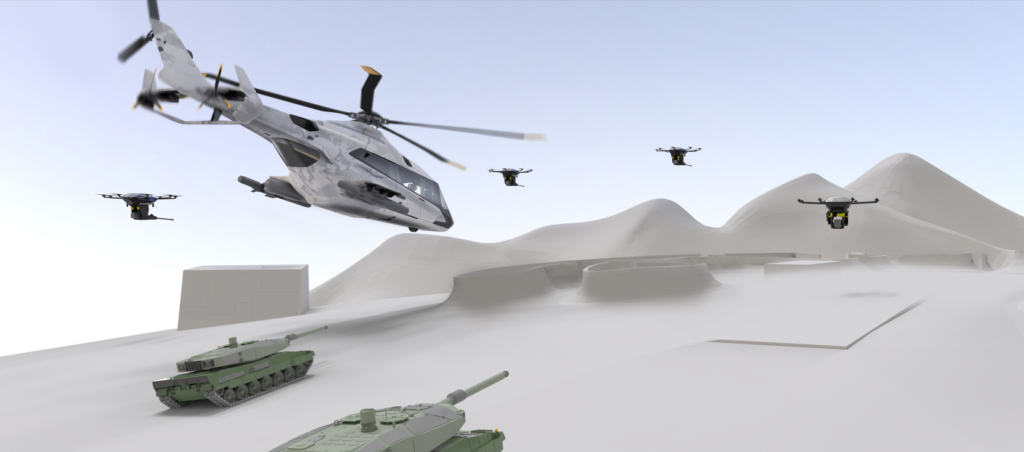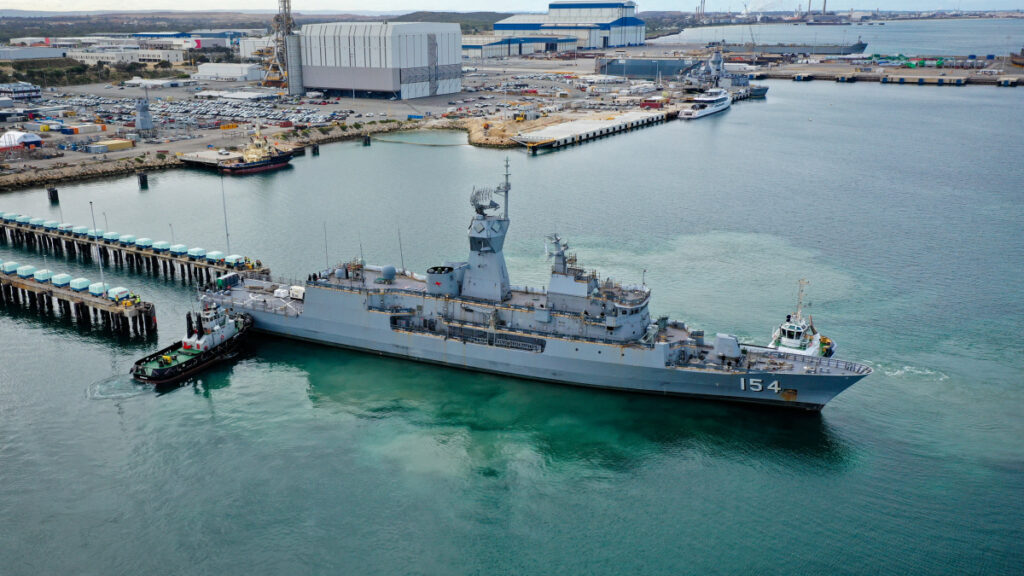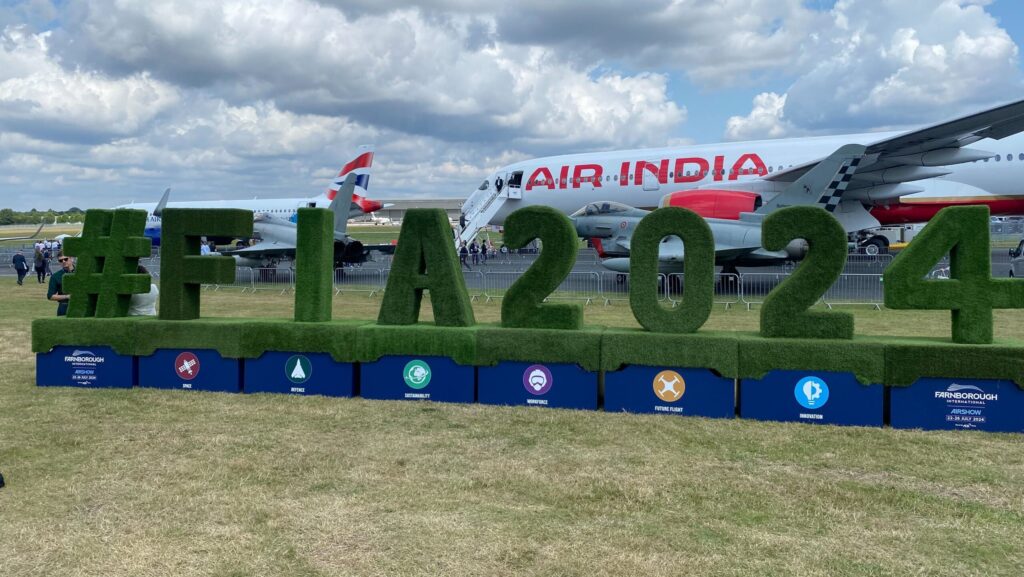US Navy MV-22 Ospreys take-off during an amphibious raid for a multinational littoral operations exercise as part of Rim of the Pacific (RIMPAC) 2022. (Royal New Zealand Air Force photo by Cpl. Dillon Anderson)
WASHINGTON — After being grounded for roughly three months, the Pentagon today is giving its V-22 Osprey fleets the formal greenlight that they can return to flight, despite key causes of a fatal November crash not being fully understood.
However, representatives from the Air Force, Navy and Marines all stated that while they are clear to fly the V-22 today, the effects of the three-month stand down means they will need to slowly ramp up before operations can begin with the Osprey in earnest, with months to go before everything is back to normal.
“We have high confidence that we understand what component failed, and how it failed. I think what we are still working on is the why and so that is still in the hands of the investigation,” Marine Corps Col. Brian Taylor, the program manager in the Pentagon’s V-22 Joint Program Office, told reporters ahead of the announcement.
Yet despite that lack of clarity — and a steadfast effort by Taylor and a series of officials to not reveal the actual component in question — Naval Air Systems Command, the key military agency with the authority to decide whether the V-22 fleets are safe to fly, has concluded the rotorcraft is ok to return to flight.
Taylor said NAVAIR conducted a “thorough review of the mishap” in coordination with the Air Force. He added that each service will have its own plans for re-training pilots and maintainers as well as timelines for when to allow Ospreys to continue conducting routine missions.
The US grounded its V-22 fleets on Dec. 6, following a Nov. 29 mishap during which eight airmen were killed when their Osprey crashed off the coast of Japan. The Osprey variants include the Air Force’s CV-22, the Marine Corps’ MV-22 and the Navy’s CMV-22B.
Over the course of a three-hour phone call, Taylor, and representatives from the services, were vague about the “mitigations” being put in place to reduce the odds it fails again. In general, they said, their respective commands will take up certain maintenance practices and plan to re-train their pilots to fly the Osprey based on updated procedures dictated by NAVAIR.
In August 2022, Breaking Defense first reported that the Air Force was grounding its CV-22 fleet over safety concerns with the clutch of the aircraft. At the time, the Marine Corps did not follow suit, instead insisting their pilots could compensate for the issue and had been doing so for some time. While the Air Force returned to flight weeks later, the issue re-emerged and a Pentagon-wide grounding across a “subset” of the Navy, Air Force and Marine V-22 models was instituted in February 2023.
The opacity of the officials’ statements this week stand in contrast to how the 2022 and 2023 incidents were handled, when the Marine Corps publicly announced issues with the “gearbox input quill assembly” was a driving factor in what the service called “hard clutch engagements.” The Marines further acknowledged that those issues had been known by the Pentagon for years. While the military has said it is studying the root cause of those issues, over a year after a return to flight, it has not yet published any definitive findings.
As for understanding why the component in the Air Force Osprey failed while flying over Japanese waters in November, the officials said that it’s possible the Pentagon will never be completely certain. Taylor said that the corrosive effects the ocean had on the wreckage during the month it sat underwater before being recovered had made investigating the aircraft difficult.
Lt. Gen. Tony Bauernfeind, commander of Air Force Special Operations Command, which is leading the reviews into the Nov. 29 crash, spoke to reporters on behalf of the Air Force. He said that while the investigations are ongoing, the information brought to him by Air Force officials as well as analyses done by NAVAIR have made him confident the military can return the Ospreys to flight safely.
The sentiment that what is known is good enough to begin flying again was largely repeated by representatives for the Navy and Marine Corps.
“The Navy has confidence in the analysis by NAVAIR as the airworthiness certification authority for the V-22 program and the engineering analysis during the return to flight decisions,” said Vice Adm. Daniel Cheever, commander of naval air forces.
Cheever, whose position in the Navy is traditionally called “the air boss,” said the impacts of the V-22 grounding had been minimal on the Navy due to its ability to surge its C-2A Greyhound fleet.
In a statement Wednesday evening, House Oversight Committee Chairman James Comer, R-Ky., rebuked the Pentagon’s decision to lift the Osprey’s grounding without providing more information.
“DoD is lifting the Osprey grounding order despite not providing the Oversight Committee and the American people answers about the safety of this aircraft,” Comer said, who launched an investigation of the Osprey program in December. “The House Oversight Committee has yet to receive adequate information requested from DoD as part of our ongoing investigation launched months ago into the safety and performance of the Osprey aircraft.
“Serious concerns remain such as accountability measures put in place to prevent crashes, a general lack of transparency, how maintenance and operational upkeep is prioritized, and how DoD assesses risks,” he continued. “We will continue to rigorously investigate the DoD’s Osprey program to attain answers to our questions on behalf of American taxpayers and protect U.S. servicemembers defending our nation.”
Navy, Marines Plan Staggered To Return To Flight
Moving forward, the air boss said the Navy would distinguish between a “return to flight” — pilots getting back in their aircraft to undergo the new training regimen — and “return to mission” — pilots flying to and from aircraft carriers on real world missions.
“What I need to do is get them up to a certain amount of flight hours for currency and proficiency before I put them on a ship,” he said, noting that it could be several months before a pilot is cleared to conduct shipboard operations.
Similar to remarks made by his Marine Corps and Air Force counterparts, Cheever frequently described the process of re-integrating Osprey pilots as “conditions based” and that the service would not rush pilots to conduct operations before they were fully prepared.
“To be clear, there has been no race to return to flight before the engineering and analysis shows it’s time to do so,” Marine Corps Brig. Gen. Richard Joyce, assistant deputy commandant for aviation, told reporters. “And that’s where we are today.”
“When the grounding bulletin is lifted, squadrons will begin a deliberate training plan,” he continued. “We will implement NAVAIR safety measures, pilots and aircrew will review emergency procedure adjustments, and they’ll execute those in a simulated environment prior to their first flight.”
In general, the Marines expect the initial training regimen, what the service is calling a “return to currency,” of its three-phased approach to take 30 days to complete, but the results will “vary by unit, depending on requirements for their next deployment, and will extend into late spring 2024,” according to a service statement.
A U.S. Marine V-22 Osprey ascends the USS Bataan in Aqaba, Jordan, to begin a demo flight in support of Eager Lion 2017. (U.S. Army photo by Sgt. Mickey A. Miller)
Joyce also said the Marine Corps has developed a tiered approach for which of its V-22 squadrons will be prioritized for new training. At the top of the list are deployed forces, followed by units currently in pre-deployment training and then Marines preparing for service exercises.
“You have to have a very deliberate set of prioritized units so that you don’t exhaust your parts supply, range, depth and posture,” he said.
In addition to guiding the re-introduction of Ospreys into the US fleet, NAVAIR has also had to coordinate with the government Japan, whose own military flies a variant of the V-22. Vice Adm. Carl Chebi, the officer in charge of NAVAIR, is in Japan this week discussing the Pentagon’s plans for the V-22 with both Japanese officials as well US leaders stationed in the country. The US officials speaking to reporters stressed they have kept the Japanese informed as they’ve worked through the investigations that followed the early December grounding.
Air Force Plans Three-Month Buildup
For its part, the Air Force is taking a three-phased approach to resuming flight operations, according to Bauernfeind.
The strategy will “ensure aircrew, maintainers, and aircraft are ready to resume flight operations, with the safety protocols and controls that our teammates from NAVAIR are putting in place with the information that we learned from the safety investigation,” he said.
The first phase consists of ground simulator training, integrating safety controls and protocols and reviewing maintenance records, much of which are efforts the Air Force was able to begin prior to grounding being lifted. The second phase, which required NAVAIR’s greenlight to fly to begin, will then entail a “multi-month program” for aircrews and maintainers to regain “basic mission currency,” Bauernfeind said. Gradually, those airmen will expand their “capability, currency and proficiency,” paving the way to the third and final phase of resuming full operations.
Bauernfield said he has a three-month plan to return to fly, though he stressed that the process will only move forward if the proper conditions are met.
“I estimate that since we’ve been not flying for three months, it’s going to take us over three months to get back to a level of proficiency that we saw on 29 November, that’s my current estimation,” he said, noting various factors like environmental constraints and other unforeseen circumstances could complicate the timeline.
Asked about his message to aviators wary of operating the aircraft when the reason why it crashed is still not fully understood, Bauernfield stressed that the data is sufficient to support “a level of confidence that we understand why, but we want to do some follow-on exhaustive testing that will give us a greater confidence of that why.”
Two parallel investigations are probing the Nov. 29 accident, Bauernfield said. One is conducted by a Safety Investigation Board (SIB), whose findings are kept internal to DoD. The other is led by an Accident Investigation Board (AIB), which shares its work with the public.
He did not have a timeline for exactly when those two processes will conclude, though he said they should finish “in the near future” and that the report from the AIB would come after the SIB’s. The families of the victims of the Nov. 29 crash, he said, are being kept abreast of developments with the reports to the greatest extent possible.
Going forward, the general said that leadership is striving to equip crews with the information they need to protect themselves if a similar failure occurs down the road.
“We have worked diligently to make sure that we’re sharing with our air crews so that they can understand the safety protocols. And should an event like this begin again, that they are armed with protocols that will ensure it does not end in a catastrophic nature,” he said.



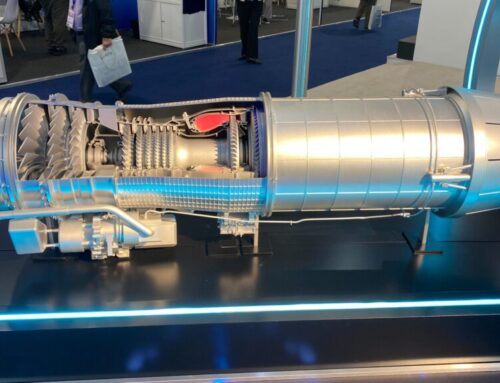
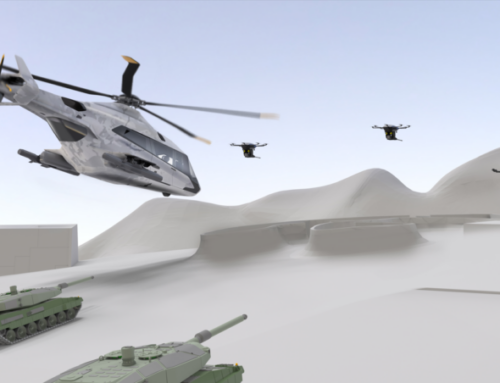
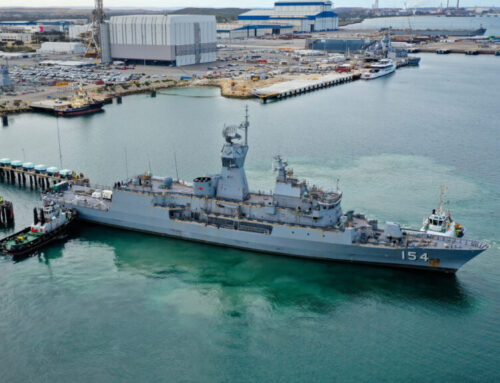
![The sights from the 2024 Farnborough Airshow [PHOTOS]](https://centurionpartnersgroup.com/wp-content/uploads/2024/07/IMG_8722-scaled-e1721930652747-1024x577-hZjwVb-500x383.jpeg)

